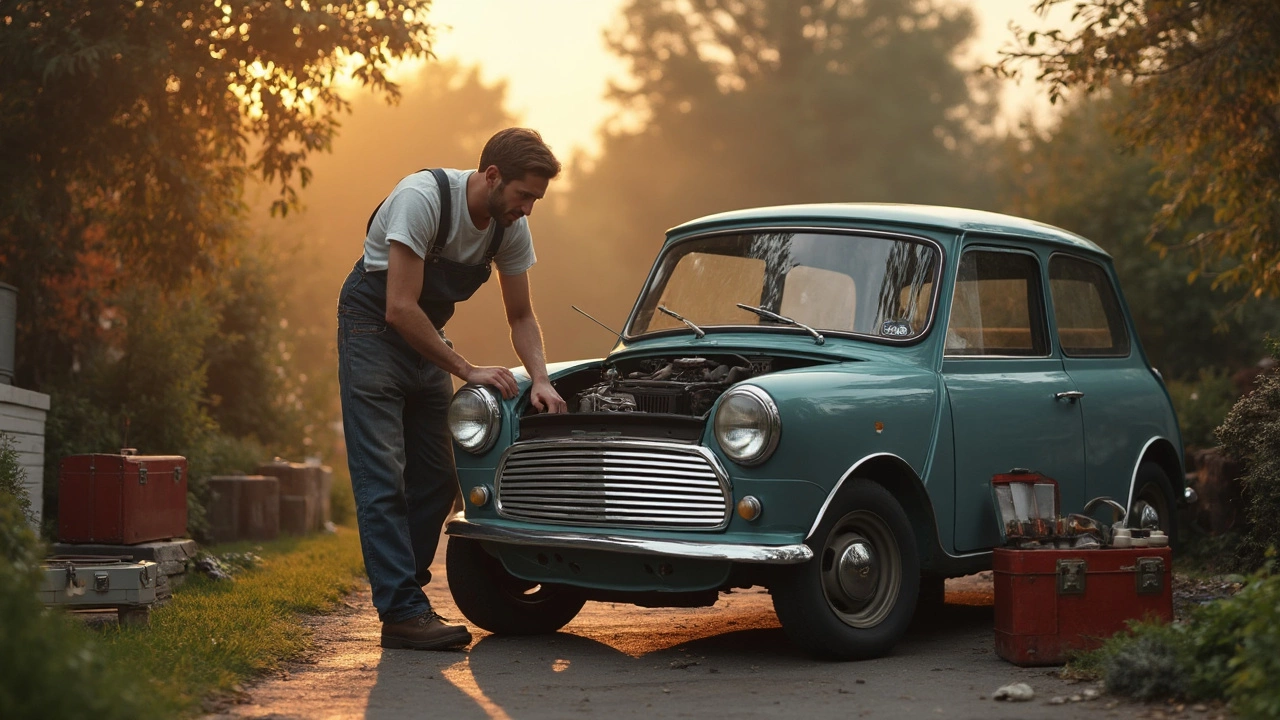Clutch Installation: What You Need to Know Before You Replace It
When you hear a grinding noise or feel the pedal go soft, it’s not just the clutch, a mechanical component that connects your engine to the transmission, allowing you to shift gears smoothly. Also known as clutch assembly, it’s one of the most abused parts in any manual car. Most people think replacing the clutch is a simple swap, but that’s where things go wrong. A clutch doesn’t just wear out on its own—it’s often a symptom of bigger issues hiding under the hood.
Clutch installation isn’t a one-part job. If you’re replacing the clutch, you’re almost always replacing the flywheel, the heavy metal disc that connects to the engine crankshaft and helps smooth out power delivery and the pressure plate, the spring-loaded component that clamps the clutch disc against the flywheel. Skipping these can lead to premature failure, vibration, or even a seized transmission. And don’t forget the release bearing, pilot bearing, and hydraulic lines—they’re cheap to replace now but expensive to fix later. In fact, over 60% of clutch jobs done without replacing the flywheel need a second repair within a year.
Driving habits play a bigger role than you think. Resting your foot on the clutch pedal, riding the clutch in traffic, or popping the clutch to get moving fast—all of it eats away at the friction material. A clutch that lasts 100,000 miles in a calm driver might fail at 40,000 in someone who treats their car like a dragster. The real question isn’t just how to install it, but how to make sure the new one lasts.
There’s no magic number for when to replace your clutch. It depends on how you drive, what kind of load you carry, and even the weather. Cold climates make oil thicker, which puts extra strain on the clutch during cold starts. Heavy towing? You’re wearing it out faster. That’s why knowing the signs—like slipping gears, a spongy pedal, or a burning smell—is more important than sticking to a mileage schedule.
What you’ll find below aren’t just guides on how to swap a clutch. They’re real-world breakdowns of what goes wrong, what you must replace alongside it, and what most mechanics won’t tell you until you’ve already paid for the mistake. Whether you’re a DIYer looking to save money or just trying to understand why your repair bill was so high, these posts cut through the noise. No fluff. No upsells. Just what actually matters when your clutch gives out.

How Hard Is It to Install a Clutch Kit?
Installing a clutch kit might sound intimidating, but with a bit of patience and some basic tools, it’s doable for many car enthusiasts. This article explores the complexity of the task, offering insights and practical tips to help you decide if it's the right DIY project for you. We'll cover necessary skills, potential challenges, and key steps to ensure you have everything you need before diving in. Get ready to learn whether installing a clutch kit is the driveway adventure you’re up for!
March 27 2025